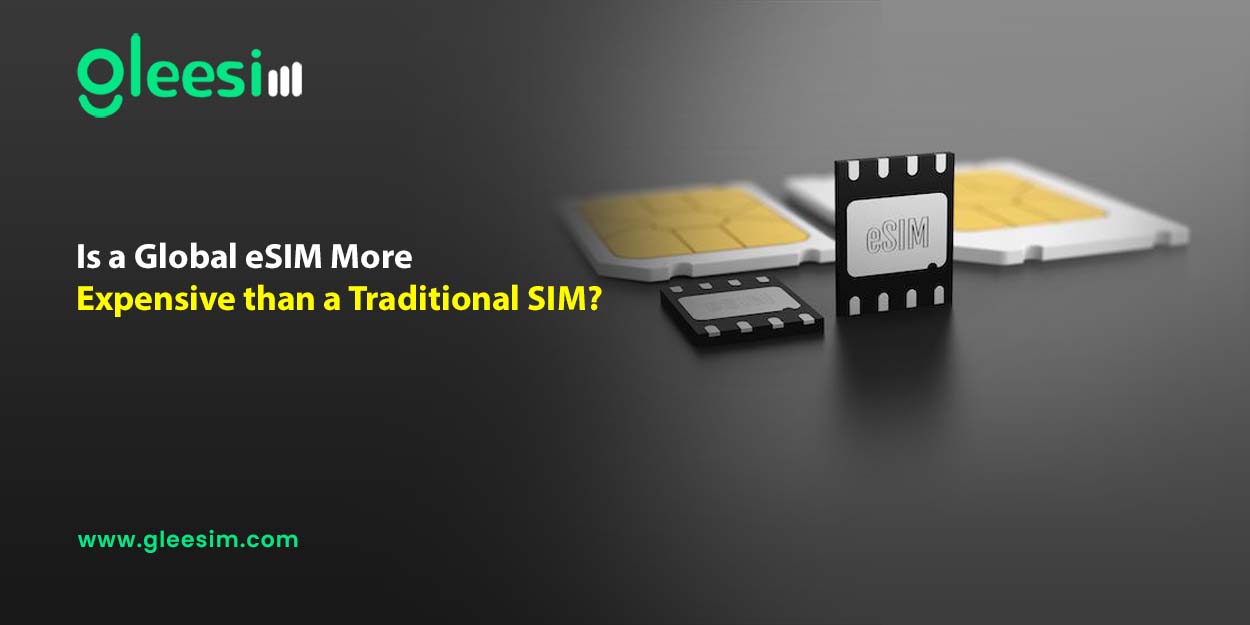
Over the last couple of decades, mobile technology has advanced rapidly, with the Global eSIM being one of the most impactful innovations. An eSIM is integrated into the device, as opposed to a conventional SIM card that must be physically inserted. This digital format allows users to switch carriers or mobile plans without changing a physical card. But with this convenience, many travelers and mobile users wonder: Is an international roaming eSIM more expensive than a traditional SIM?
Let’s study the expenses, long-term worth, and convenience.
The term “eSIM” refers to a built-in chip that replaces traditional SIM cards in modern smartphones. It enables consumers to switch between carriers and mobile plans digitally. A Global eSIM extends this convenience by simplifying connectivity across multiple countries. This is especially valuable for frequent travelers who want to avoid juggling multiple SIM cards or paying steep roaming charges.
Traditional SIM cards usually come at a low or even no upfront cost, often bundled with a mobile plan. Some providers may charge a small fee for activating a Travel eSIM, though many now include free activation with specific mobile plans.
For international travelers, costs add up quickly with traditional SIMs buying new cards in each country or paying high roaming fees can become expensive. An eSIM for international roaming eliminates this hassle by letting users switch between plans instantly across regions.
A key difference lies in convenience. Switching carriers with standard SIMs requires customers to physically replace cards, which can be difficult when traveling. Pilgrims, students, or professionals abroad often find this frustrating and time-consuming.
With an international eSIM, switching is as simple as adjusting settings on your phone. No searching for vendors at airports or dealing with language barriers. This flexibility can justify a slightly higher upfront cost because it saves both time and effort.
The lower roaming expenses of a Travel eSIM are among its greatest benefits. Traditional SIMs often lock users into high roaming fees when used outside their home network. In contrast, many eSIM providers offer affordable international data packages covering multiple regions.
For example, instead of paying carrier-specific roaming charges, users can choose global plans tailored to their travel destinations. This can significantly lower expenses for frequent travelers, making the eSIM a cost-saving option over time.
If someone lives in one country long-term, a traditional SIM may provide cheaper monthly rates. However, these plans usually involve long contracts and penalties for early cancellation. A eSIM for worldwide connectivity, on the other hand, allows flexible short-term or pay-as-you-go plans. Even if the cost per plan is slightly higher, the flexibility and freedom to switch providers without penalties make it a better fit for those constantly on the move.
Due to their low initial cost, classic SIMs first appear to be less expensive. But when you factor greater value, flexibility, and convenience making it the smarter investment for those who want to stay connected worldwide.